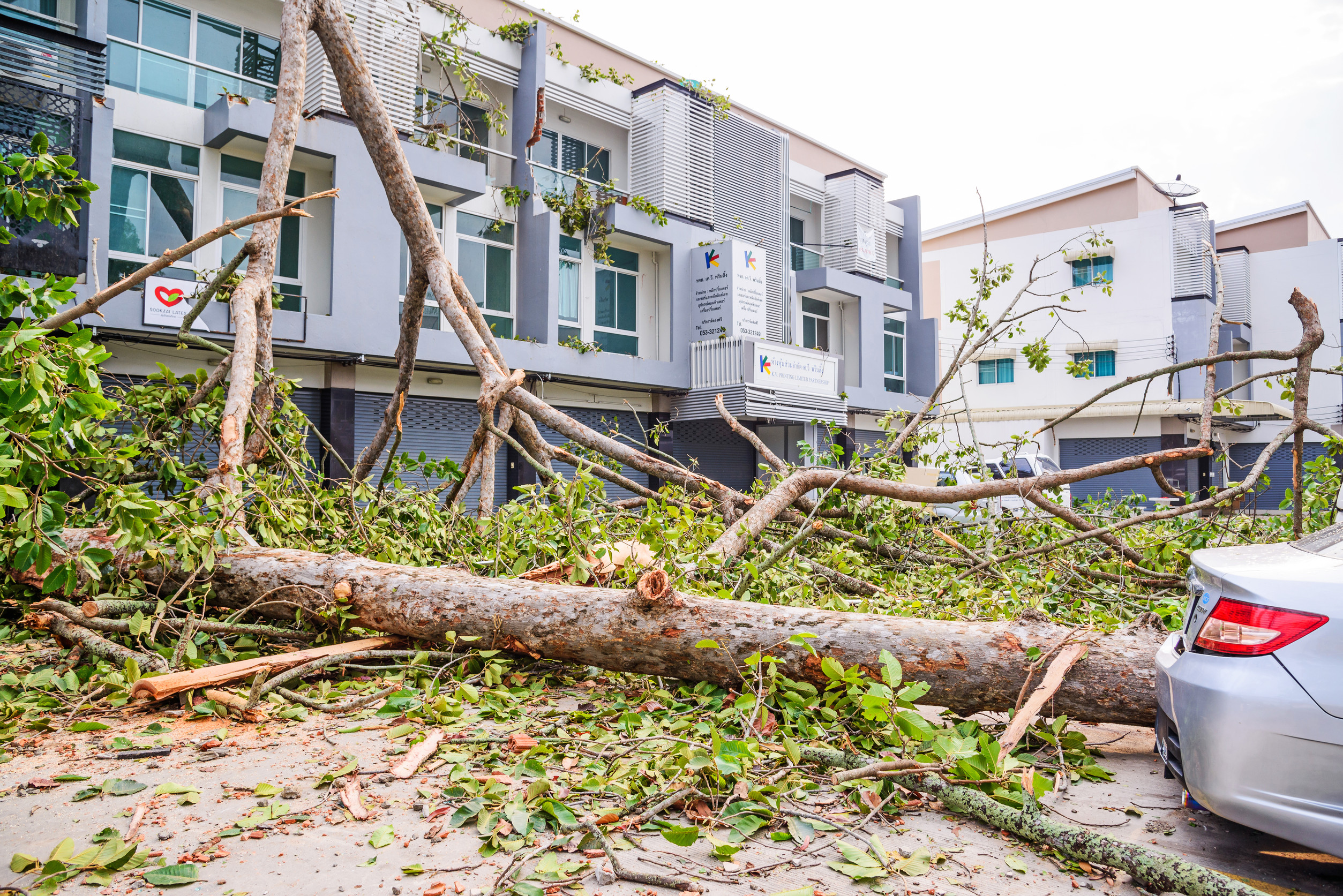
Image Source: 123rf.com
Natural disasters have been increasing in their intensity and frequency in recent years. Just in the last six months, the United States has seen hurricanes, wildfires, and several other extreme weather events. While no one can control the weather, you can control how you prepare. With the right plan in place, you can safeguard your loved ones and help minimize property damage. So, is your home ready for a natural disaster? Here’s what you need to know.
1. Secure Your Roof and Windows
Your roof and windows are your first line of defense against high winds and flying debris. Inspect your roof for loose shingles and replace any that are damaged or missing. Consider installing storm shutters or impact-resistant windows for added protection. Sealing any cracks or gaps around windows and doors can prevent water intrusion during heavy rains. If you live in an area prone to hurricanes or tornadoes, having a reinforced roof structure is crucial. Regular maintenance will help your home stand strong when severe weather strikes.
2. Prepare an Emergency Kit
An emergency kit is a must-have for every household. Stock your kit with essentials like bottled water, non-perishable food, flashlights, batteries, and a first aid kit. Don’t forget important documents, medications, and copies of your insurance policies. Include comfort items like blankets, pet supplies, and basic tools. Store everything in a waterproof container and keep it in an easily accessible location. Updating your kit regularly ensures you’re always ready, no matter when disaster strikes.
3. Check Your Home’s Foundation and Drainage
A solid foundation and proper drainage can prevent catastrophic damage during earthquakes or floods. Inspect your foundation for cracks and have them repaired by a professional if needed. Ensure your gutters and downspouts are clear of debris to direct water away from your home. Install sump pumps or French drains in flood-prone areas to reduce water buildup. If you’re in an earthquake zone, consider retrofitting your foundation for added stability. Proactive measures can make the difference between minor repairs and complete reconstruction.
4. Back Up Your Power
Losing power during a disaster can turn a bad situation into a dire one. Invest in a generator to keep essential appliances running during outages. Portable generators are affordable and versatile, while whole-house systems provide seamless power. Remember to store extra fuel and follow safety guidelines to avoid carbon monoxide poisoning. Solar-powered chargers for phones and small devices are also a smart addition. A reliable backup power source ensures you stay connected and comfortable when the grid goes down.
5. Create a Family Communication Plan
Communication can be challenging during a disaster, so it’s vital to have a family plan in place. Designate a central meeting location and ensure everyone knows how to get there. Share contact information for emergency services and out-of-town relatives. Teach children how to use emergency numbers and what to do if separated. Practice your plan regularly to make sure everyone knows what to do under pressure. Being prepared as a family reduces stress and increases your chances of staying safe.
6. Insure and Document Your Assets
Insurance is your safety net when disaster strikes, but many people are underinsured. Review your policy to ensure it covers natural disasters common in your area, such as floods, earthquakes, or wildfires. Take inventory of your belongings, documenting them with photos or videos for proof. Store this information digitally or in a secure location, like a safe deposit box. Knowing your coverage and having evidence of your assets simplify the claims process. Don’t wait until it’s too late to protect what matters most.
Prepare Now for Peace of Mind Later
You need to think about preparing for a natural disaster beyond just protecting your property. It’s about ensuring the safety and well-being of your family. Keep these six tips in mind so that you can reduce your risk and recover faster after disaster strikes, especially if you live in prone areas. Being prepared doesn’t have to be daunting! It starts with simple, manageable actions like these.
How have you prepared your home for a natural disaster?
Read More





